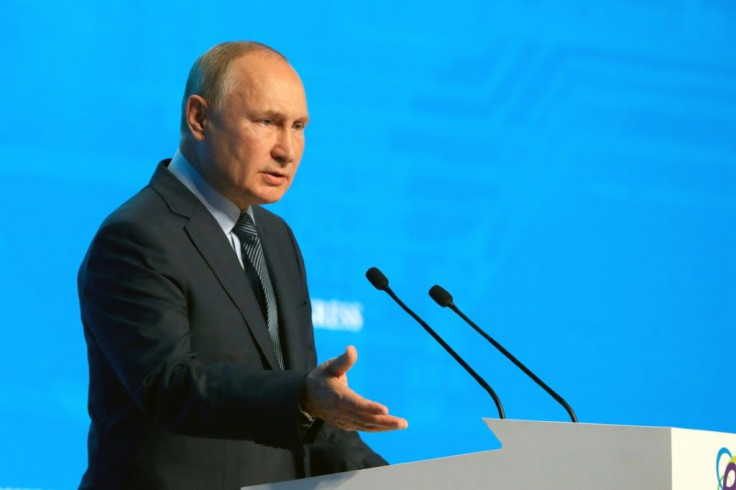India To Roll Out The Red Carpet For Putin Even As EU, US Up The Ante Against Russia

Much to the discomfort of the U.S. and China, India is all set to roll out the red carpet for President Vladimir Putin on Dec. 6 for the 21st India-Russia Annual Summit.
With an aggressive China and eternal foe Pakistan at its doorstep, India is falling back yet again on old-friend Russia for its weapons need.
Despite being a core member in Washington's Pivot Asia policy, New Delhi went ahead with the purchase of S-400 air defence systems, inviting possible U.S. sanctions under the CAATSA (Countering America's Adversaries Through Sanctions Act) which blacklists Russian arms and its hardware.
For Indian Air Force, the $5.2-billion S-400 air defence systems deal suits its long-term interests both in terms of capability and cost. The S-400 can constrain adversaries' air power even within their own airspace, and are reported to be unmatched by the typical Western standard. Given the massive arms built-up at its borders with China and Pakistan, India can do without this lethal weapon, defense experts said.
With massive troop build-up at its Ukrainian border, the Russian president is desperate for allies and New Delhi, with considerable exposure to the Russian arms market, fits the bill than its communist neighbor China and the Islamic Republic of Pakistan in South Asia.
As NATO (North Atlantic Treaty Organisation) launched a massive military exercise with 28,000 troops across Eastern Europe this year, showcasing bonhomie with Russia at this point will be viewed with hostility. The drill, DEFENDER Europe21, started in Albania in April is reported to be the first largest scale exercise drill since the Second World War in the Western Balkans.
But India is ready to take the risk to meet its army's demand for spares, particularly for its main battle tanks and its navy whose fleet is almost entirely of Russian make.
After the EU, U.S. and Israel started eating into the Russian arms market, New Delhi remains Moscow's one of the largest arms buyers. So, Russia is ready to walk that extra mile to please India and has started joint production of the Brahmos missile, mass production of AK-203 rifles, and licensed production of Sukhoi-30s. And the list goes on.
Despite India figuring prominently in the U.S. scheme of things to corner China, the U.S. has not parted with nuclear-powered submarine to New Delhi. But Putin's Russia did, while Biden's U.S. did it for Australia under the AUKUS framework.
The India visit is a rare outing for 69-year-old Putin since the COVID-19 pandemic began. During the 21st India-Russia Annual Summit with Modi, starting from Dec 6, the Russian president will push for stronger bilateral ties. This year, bilateral trade between the two countries was at $1.8 billion while with the US, India traded goods $146 billion in 2019 alone.
Both the leaders are expected to talk on G20, BRICS and the Shanghai Cooperation Organization, the Russian embassy in India has said.
Russia is the fourth country India holds joint foreign and defence ministerial talks. The others are the U.S., Japan and Australia - all members of the Quad initiative along with India. Both countries are expected to ink pacts on technology and trade during Putin's visit.
India, the world's third-biggest oil importer, Russia, second largest producer of black gold, will also deliberate on the recent decision of China, U.S. and India to release tens of millions of barrels of oil from their stockpiles to bring down what the White House called "elevated gas prices at the pump."
Partners for decades, can Russia and India overcome the constraints of the west and go ahead with what's best for their respective nations?





